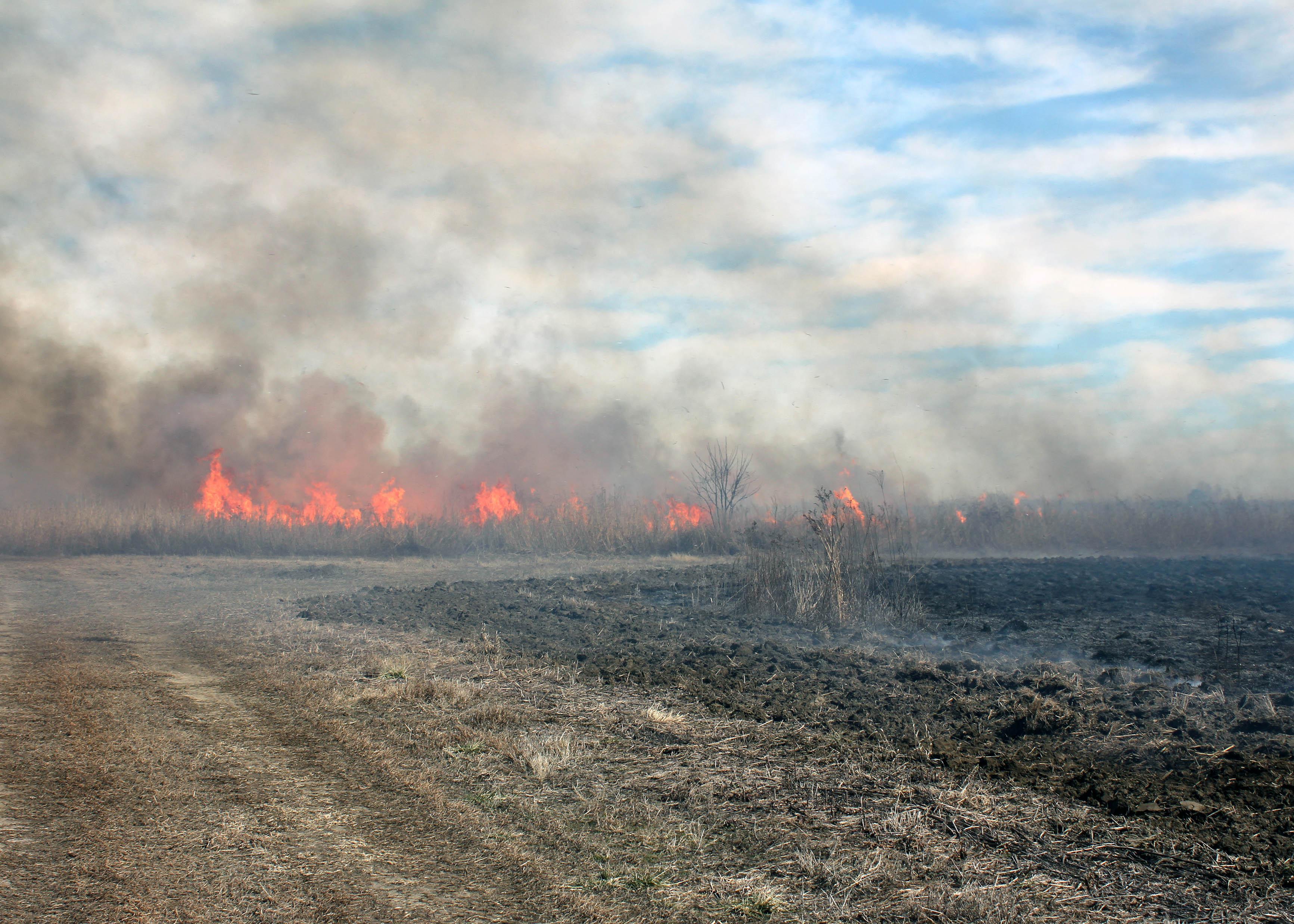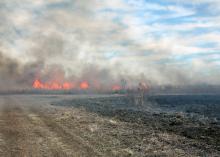Information Possibly Outdated
The information presented on this page was originally released on June 27, 2014. It may not be outdated, but please search our site for more current information. If you plan to quote or reference this information in a publication, please check with the Extension specialist or author before proceeding.
Prescribed burns help with land management
MISSISSIPPI STATE – A well-managed prescribed burn is an important tool in a landowner’s kit.
Yet news stories about wildfires often discourage landowners from using prescribed burning as a management tool. Prescribed burning is a useful and very valuable management option on public and private lands. Prescribed burning can benefit a variety of wildlife species and are necessary in fire tolerant ecosystems, such as longleaf pine forests and coastal savannas.
Land managers use prescribed fire in many ways and are trained to assess the dangers and other related risks prior to beginning a burn plan on properties they manage. The most popular reasons for prescribed fires in the South are to dispose of logging debris, prepare sites for seeding or planting, improve wildlife habitat and manage competing vegetation.
There are stark contrasts between the way a property looks prior to a burn and the way it looks after a burn, so it is important to have a vision of what you want the site to look like many months after a prescribed burn. These differences in appearance are important to wildlife species looking for changes in variety or diversity in plant communities.
Many wildlife species find better forage several months after a property undergoes a prescribed burn. These subtle compositional changes can also help managers support specific wildlife populations.
There are several ways landowners can prepare properties for future prescribed burning operations.
Begin by breaking up larger tracts into smaller, 40-to-60 acre timber stands or management units. Units are independent sections that are all managed cohesively.
Install burn lanes around each unit, or design ways to create breaks between units such as plow lines. Use existing interior roads, logging roads or even skidder trails as dividers between units, if possible. Seek advice from your forester on individual stand-level management decisions.
Greater diversity across the property is best for wildlife purposes. To help with this, manage some units in a slightly different manner to provide variation in cover, forage and nesting habitat for a multitude of game species.
Alter the timing of prescribed burning throughout the year. Winter burns will have slightly different results than spring or summer burns. The timing of the burn, along with variables such as wind speed and direction, soil and fuel moisture, temperature, humidity and atmospheric stability all play important roles in the results of a prescribed burn.
Lastly, always consult with an experienced natural resource professional and work from a management plan. A prescribed burn manager can help design a plan for private landowners and will be able to help guide decisions as well as help project possible outcomes. The Mississippi Forestry Commission requires a permit and a burn plan for any fire set for a recognized agricultural or forestry purpose.
For more information on prescribed burning, access Mississippi State University Extension publications P2283 and P2726 -- for managing southern pine forests and pastures.

Editor’s Note: Extension Outdoors is a column authored by several different experts in the Mississippi State University Extension Service.










